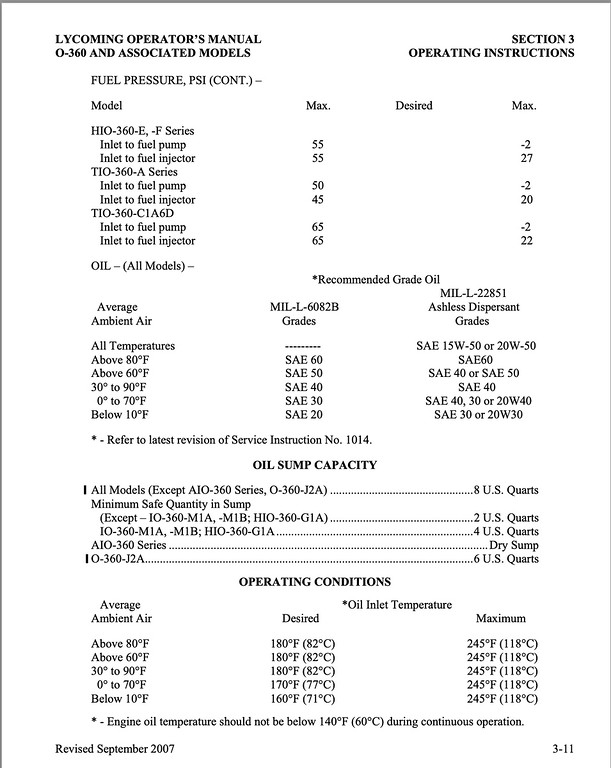I have the same "problem", but I'm not really convinced it is a problem. If the only reason for the desired higher oil temperature is getting the combustion water out of the oil, and we all know that much water will go out the breather, and water will evaporate at lower temperatures with lower pressure, and there are plenty of spots in the engine with very high temperatures (like under the piston), do we really need to get the oil up to 180? Is 160 warm enough? If the oil is flowing, lubricating, capturing particles, protecting against corrosion, and cooling the engine, why do we care if the temp is 150 or 200? Are there special additives in the oil that are only activated at a specific temperature?





